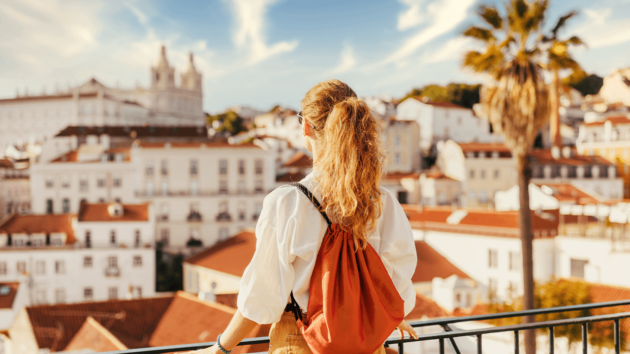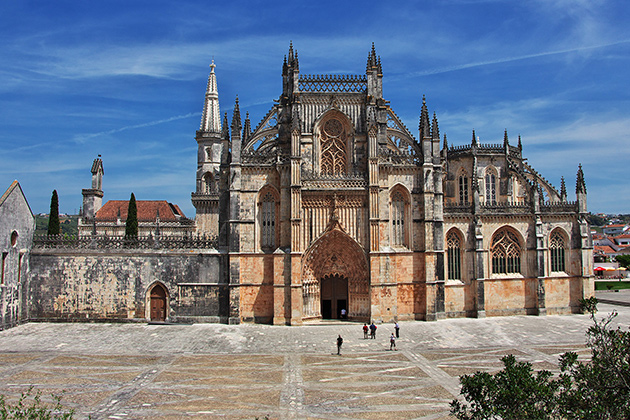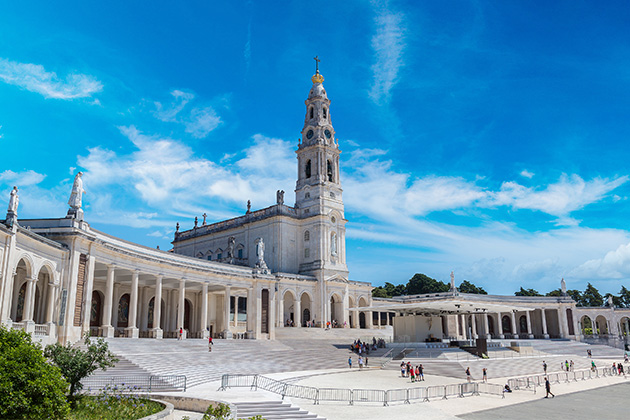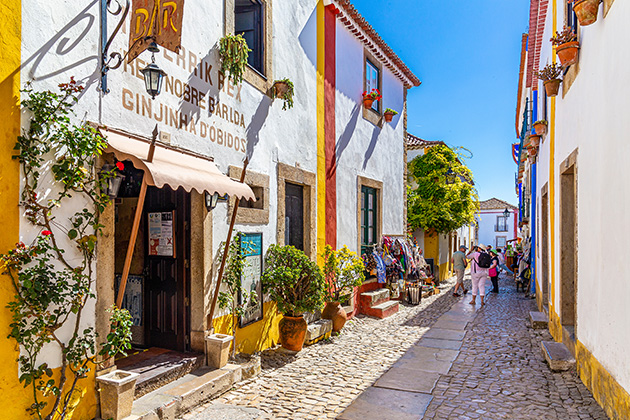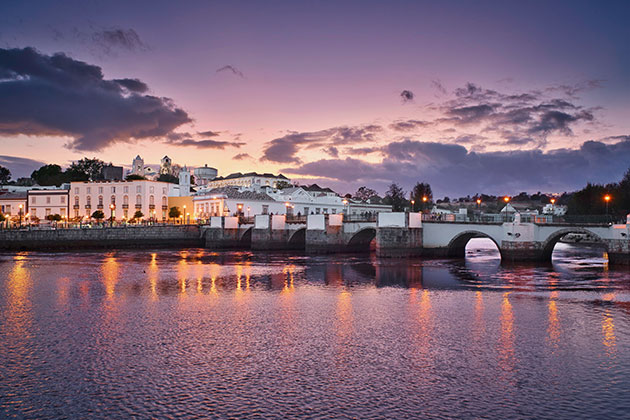
Want to know what there is in Algarve besides the beaches? We’ve prepared a list of what to do in Algarve.
Barlavento
The western part of the Algarve, known as the Barlavento, includes the cities and towns of Aljezur, Monchique, Vila do Bispo, Lagos, Portimão, Lagoa, Silves and Albufeira. With a coastline marked mostly by beaches, cliffs and rocks, the Barlavento boasts unique natural characteristics. These are the main points of interest when you find yourself in “western” Algarve.
Aljezur
Besides enjoying the fantastic beaches included in the Southwestern Alentejo Natural Park, in Aljezur you can also have access to a variety of activities without having to worry about too many crowds of tourists. Aljezur is a calm and peaceful place where you won’t want to miss visiting the castle, the Town Museum, the Saint Anthony Museum in the old quarter as well as the Mother Church and the town pillory, outside the New Church. You can also go for a donkey ride, bike or hike down a stretch of the Vicentine Coast trail, try the delicious local medronho or head to the waves and take a couple of surfing lessons.
Monchique
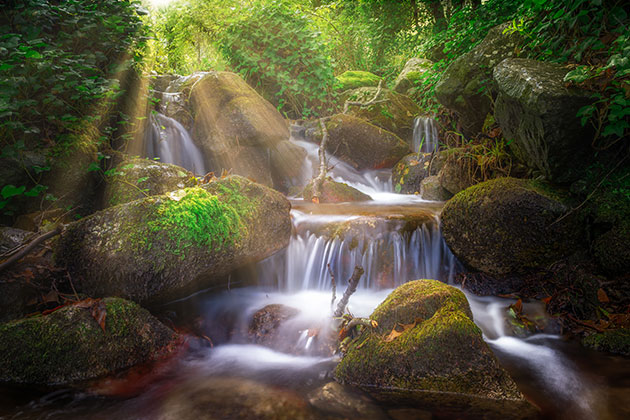
Known as the “garden of the Algarve”, Monchique is a good example of how this region has much more to offer than just beaches. The inland town takes its name from the local mountain, famous for its medicinal waters since the days of the Romans, you’ll have plenty to keep you busy. You can, for instance, visit the Caldas de Monchique and enjoy the thermal services and the spa, have a picnic in the local parks and then head to the São Sebastião belvedere, with its view over the whole town, the church towers and the convent. Also worth looking into are the hikes, yoga, meditation and aromatherapy classes.
Vila do Bispo
This is a destination that blends sun, sea, nature and urban heritage. In Sagres, the westernmost point of the Algarve, you will find a calmer and more peaceful city, very different from the local tourist centres. Surrounded by singularly beautiful beaches, including some that are deserted, this is a perfect spot for those who enjoy surfing, although the sea can get much colder than in other regions of the Algarve. The wind can also get particularly strong, especially in the São Vicente Cape, where we advise you to get a view of the sunset. Still in Sagres, you can visit the XV Century fortress, constructed on the orders of Prince Henry the Navigator prince. Make sure to see the enormous wind rose inside its walls.
Lagos
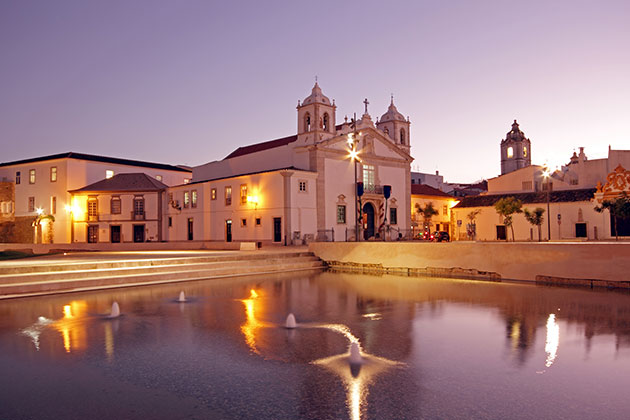
One of the most renowned beaches in the Algarve, Praia de Dona Ana, is located here in Lagos. With impressive cliffs, it forms a magnificent sight, framed by golden sands and very inviting waters. But don’t stop at the marvellous beaches, of which there are many, make sure to visit some of the local heritage, such as the Golden Chapel of Saint Anthony and the Old Slave Market, or take a stroll down the Avenida dos Descobrimentos and stop by one of the pleasant terraces to enjoy the local cuisine. Make sure to try the traditional horse-mackerel, the vinigered anchovies, the goose barnacles and a sweet Dom Rodrigo pastry before you leave.
Portimão
Some of the most famous beaches in the Algarve are located in Portimão, such as Praia da Rocha, Prainha and Três Irmãos, as well as much of the nightlife that makes the Algarve so inviting. But Portimão is about more than partying. You can also lose yourself in wonderful hikes and visit the Alvor River, the Jesuit College Church and the beautiful Mother Church of Portimão. The boat trip to go dolphin watching is worth the money, since in these waters they tend to come very close to the boats, or then go diving or try your swing at golfing. Portimão is also known as the best city for eating fish in the Algarve, especially sardines, which are particularly tasty in the summer.
Lagoa
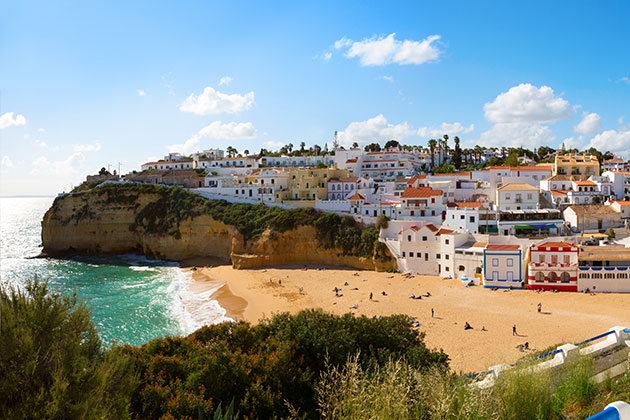
This town grew around the Mother Church, turning into a charming and traditional set of white houses that takes us into the past of a town located on the plain, overlooking the cliffs that lean into the ocean. Keep an eye out for the Convent of São José and the Misericórdia Church, which you can take in during a calm stroll that can also include the Carvoeiro Beach. Here you will find the old fishing boats, currently used for taking tourists to the marvellous Benagil Caves. Make the most of the experience and enjoy.
Silves
In Silves there is no escaping the universe of legends and exotic fairy tales of Arabian princesses and the enchantments that tend to surround them. The local castle is one of the best preserved in the Algarve, located on the highest hill in town and home to the Cistern of the Enchanted Moorish Girl, as well as Treason Gate. Just next door, the Silves Cathedral is worth a visit, having been built on the same spot where there was once a mosque. This is where King John II was first laid to rest. Being an old city, it organises a yearly medieval festival, which brings the era to life, but it is also worth visiting because of the beaches, famous both in Portugal and abroad, such as Praia Grande and Armação de Pêra Beach. It is also a great destination for those who enjoy diving, since one of the largest coral reefs in Portugal is located just four miles off the coast, and which is worth the trip just to see.
Albufeira
The most famous beach in Albufeira is the beautiful Praia dos Pescadores, that stretches to São Rafael, Falésia and Santa Eulália beaches. If it’s your type of thing, the Zoomarine park, with its shows, could be a safe bet for an exciting day out. You can even arrange to swim with the dolphins and enjoy their company. Albufeira is known for its lively and diverse nightlife. Book a boat trip to go whale watching, or even just to take in the view of the enormous blue ocean, both of which are unforgettable.
Sotavento
The Eastern side of the Algarve is where you’ll find cities and towns such as Loulé, Faro, São Brás de Alportel, Olhão, Tavira, Alcoutim, Castro Marim and Vila Real de Santo António. This tends to be the calmer and less crowded side of the Algarve, the more so the closer you get to the border with Spain. Here is a list of things not to miss on the East side of the Algarve.
Loulé
This city is famous for the Gigi and Ancão beaches and grew with the development of Quarteira and the popularity of the Vilamoura and Falésia beaches. It is also home to the largest marina of the Algarve, located in Vilamoura, but we suggest you try to get off the beaten path and hike to Almancil, where you can visit the São Lourenço dos Matos Chapel and take in the magnificent panel of blue tiles. Makes sure also to visit Alte, in the Caldeirão hills, around 30 km from Loulé, considered the most typical village in the Algarve, where you can always hear the running waters of the Alte stream, transporting you back to a time when the local women would gather by the fountains to fill their water pitchers and do their laundry.
Faro
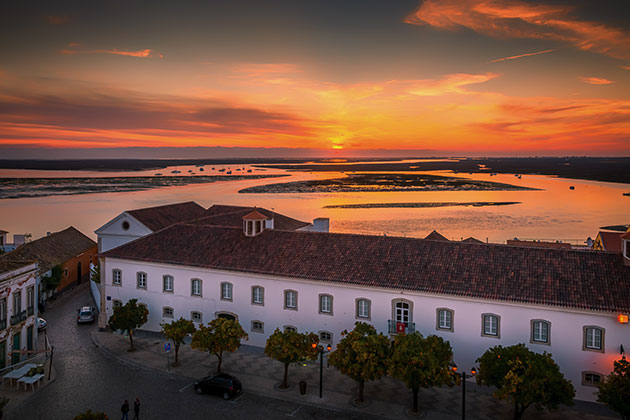
Faro marks the beginning of the Ria Formosa Natural Park, a local wonder that is made up of a series of salt water lagoons and mudflats, spread out over 60 km, all the way to Vila Real de Santo António, where migratory birds seek refuge and wildlife develops freely. The Ria Formosa is the region’s main attraction. The Farol Island and the Deserta Island hardly require introduction, with their crystal-clear waters and long stretches of sandy beach. Back in the capital of the Algarve, the old quarter is definitely worth a calm visit to take in the peacefulness of the old traditional cobble alleys that lead you to impressive monuments such as the town museum, the Carmo Church, the Faro Cathedral and the Chapel of Bones.
São Brás de Alportel
Located inland, São Brás de Alportel shines out especially due to its natural scenery and landscapes, the belvederes and their amazing views over the mountain, the Mesquita and Funchais geological landmarks. Estói, just a short distance away, is worth a visit, with its rich architecture and priceless heritage. The cobbled roads are framed by traditional Alentejo style architecture with an impressive array of vivid colours and flowery décor. The Palace, on the other hand, in a rococo style, seems like it just came out of a fairy-tale universe. We recommend a visit to the Roman Ruins of Milreu, considered one of the most important archeological landmarks of the Roman period in Portugal, and classified as a National Monument since 1910.
Olhão
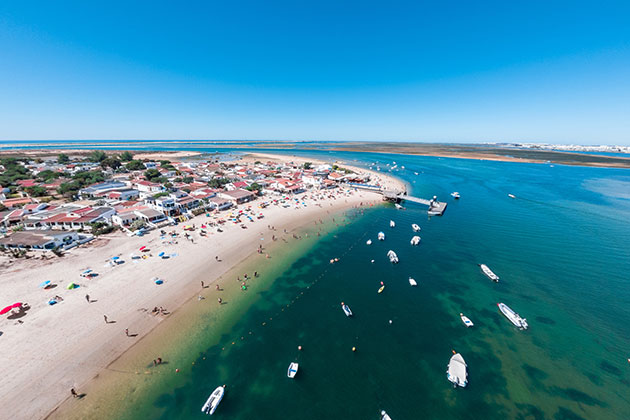
The quality of the Olhão cuisine, with great variety of excellent fish and seafood, is reason enough to visit this city, which holds the largest seafood festival in Portugal every year. On the other hand, the local beaches are also an invitation to relax, especially the Armona and Fuzeta beaches. We recommend a visit to the Culatra Island, which is a natural paradise. During your visit you may just be lucky enough to find yourself in the company of the friendly dolphins that like to swim up to the boats.
Tavira
When in Tavira you must visit the many charming churches and cross the Girão river over the roman bridge, to visit the castle. With 18 km of coastline, the Cabanas and Tavira Islands (special mention to the Barril and Homem Nu beaches) make for unforgettable beach days, with their fine white sands and appealing water temperatures. You’d also do well to visit the Pego do Inferno, a magnificent blue lagoon, with a waterfall, surrounded by impressive green scenery, considered one of the most beautiful sites in Portugal, and climb up to the Pego Belvedere to take in the beautiful view.
Alcoutim
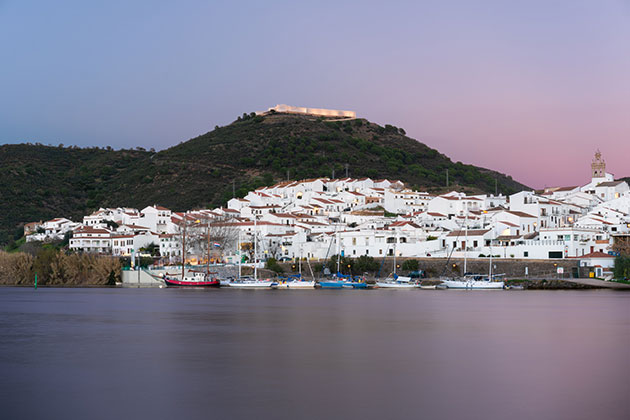
Alcoutim is located between the Caldeirão Mountain and the Guadiana River, on the border with Spain. It is a town steeped in history, to which the Alcoutim Castle, the Roman Town of Montinho, the Lavajo Menhirs and the Our Lady of the Conception Chapel bear witness. With steep and narrow alleyways, every corner has centuries-old houses, constructed with traditional Algarve architecture. We recommend you visit the lovely Misericórdia Church and the Saint Anthony Chapel, but the Roman dam of the Álamo is also a noteworthy site that is worth your time.
Castro Marim
Castro Marim is known for its quietness and tranquility. With only 3.7 km of coastline, the dunes stand out in a region rich in fauna and flora. Special mention must go to the Altura, Praia Verde and Cabeço beaches, that are connected to the Ria Formosa, as well as to the castle, a symbol of the city’s history, with a view over the river. The city is also the starting point for BTT bike rides through the Ria Formosa Natural Park. The São Sebastião Fortress, a national monument, was built during the Restoration Wars and represents another point of local interest.
Vila Real de Santo António
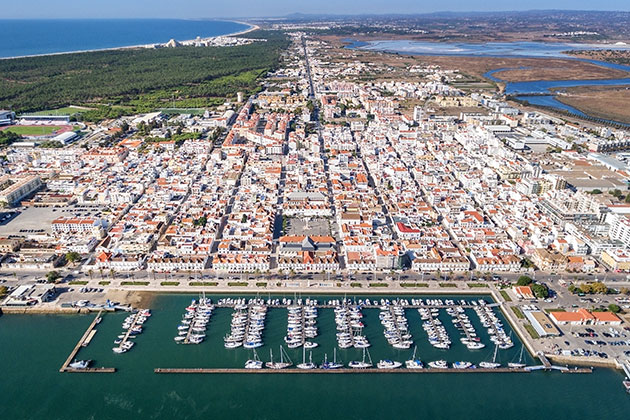
The marvelous warm-water beaches of Manta Rota and Monte Gordo are far from being the only points of interest in this little corner of the Algarve, which has clear Spanish influences. The Manta Rota beach is where the charming Ria Formosa ends, but the Marquês de Pombal Square, the heart of the city, shines in the historic center, a testimony to its founder and a shopping and tourism hub, leading one to the recreational docks and the tourist boats that await. We recommend a visit to Cacela Velha, an historic village where you can observe rare species that nest there and home to an old fortress and cistern. The Cacela Velha beach itself was named one of the 15 best in the world, in 2015, by the Condé Nast Traveler Magazine.
